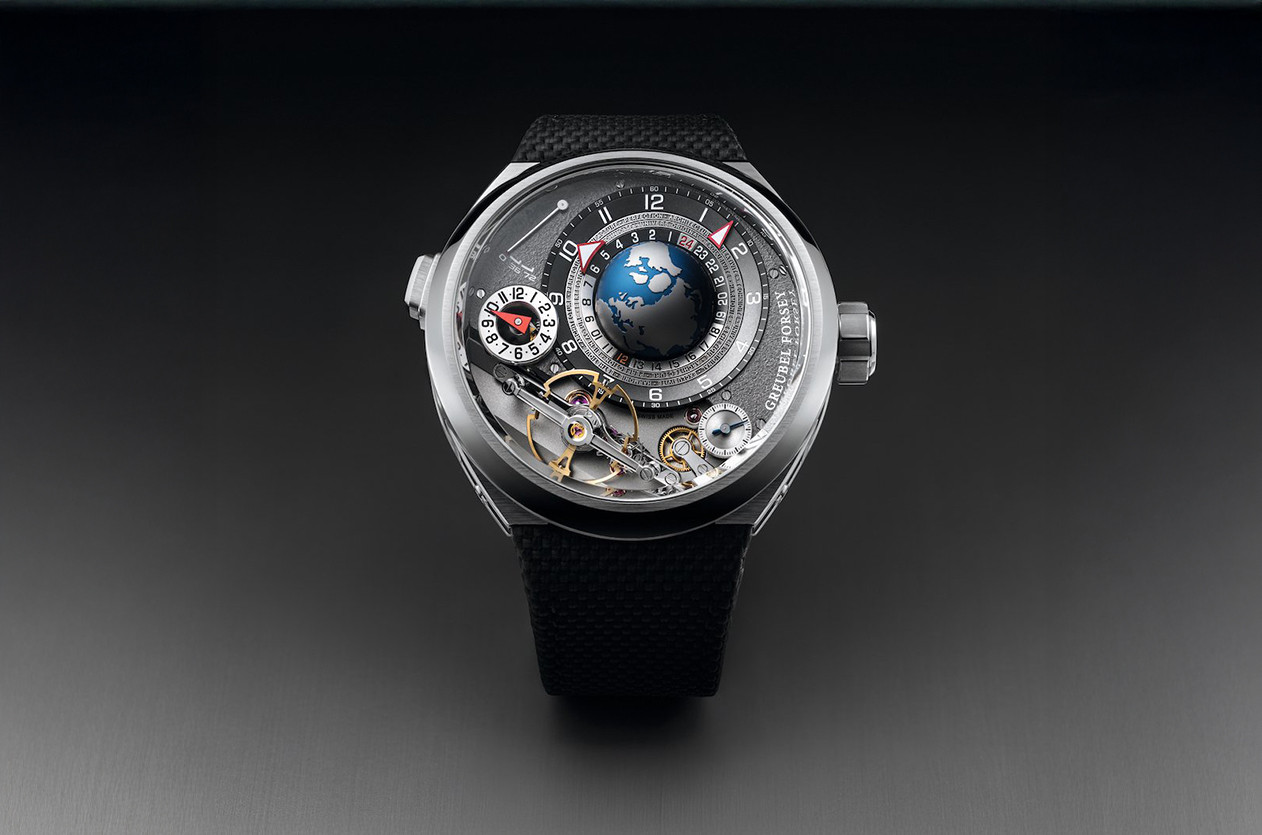
Introducing Greubel Forsey Unveils The New GMT Balancier Convexe
Welcome to the hub of the horoloy
It’s the oscillating movement of the balance wheel, which is a key component of the watch's regulating system. The balance wheel vibrates back and forth at a specific frequency, often measured in beats per hour (BPH) or Hertz (Hz). This vibration is controlled by the escapement mechanism and helps regulate the movement of the watch, ensuring accurate timekeeping. The frequency of vibration can vary depending on the specific watch movement, with common frequencies ranging from 18,000 BPH to 36,000 BPH. Higher vibration frequencies generally result in increased precision and smoother motion of the watch's hands. The vibration of the balance wheel is a fundamental aspect of mechanical watches and contributes to their functionality and timekeeping accuracy.


Editorial U.S. Tariffs and the Dollar Rate, A New Challenge for the Swiss Watch Industry

News Dubai Watch Week 2025 Will Be the Largest Ever with 90 Brands Participating

Auction Phillips Achieves CHF 43.4 Million at the Geneva Watch Auction XXI

Technical The Frequency, Why It Matters in Mechanical Watches

Editorial Exploring the Distinctive Charm of Regulator Watches

Summary Manuel Emch, Waqt’s Personality of the Year 2024